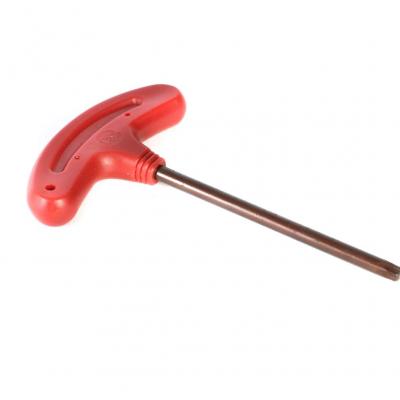Wingfoil Alu Modular
AlpineFoil MODULAR – a Wingfoil made in France without limits and without compromise, the new generation of foil has arrived!
100% upgradeable, it protects your budget while taking into account all the new foil practices and their constraints.
WINGFOIL / KITEFOIL / SUP FOIL / SURF FOIL / WAKE FOIL / PUMPING
Monday to Thursday: 8 a.m.–12 p.m. / 2 p.m.–7 p.m.
Friday: 8 a.m.–12 p.m.
Availability: In stock
1 299.00€ inc. tax
1 082.50€ excl. tax
Wingfoil Alu Modular
Tests and Reviews
WingFoil MODULAR, Innovation MADE IN FRANCE
The Fuselage
"Modular" isn't a random name
Front wings for Wingfoil
Suggestions
-
M6 M8 T-Nuts US Rail OPTION
T-Nuts M6 & M8 (not supplied) compatible for US Rail self-locking screws Quantity : x4 Compatible...39.00€ inc. tax
Details
32.50€ excl. tax -
Kitefoil Torx driver tool
Torx mounting compact key, allowing an optimal tightening of the elements of your foil, this key ensures...17.50€ inc. tax
Details
14.58€ excl. tax -
SIDEON Foil Case - 115 cm x 30 cm
"Suitcase" type cover 115 cm x 30 cm specially designed for foils with plate (HAWK / MODULAR...119.00€ inc. tax
Details
99.17€ excl. tax -
Wingfoil sail - OZONE Fly V1
The Fly V1 is an Intermediate wing that is also perfectly accessible for those new to this sport. We...From
Details
999.00€ inc. tax
832.50€ excl. tax -
Wingfoil sail - OZONE FLOW
The new Ozone Flux V1 made a dominant release, with Ozone team riders Johnny Heineken and Ken Adgate...From
Details
1 049.00€ inc. tax
874.17€ excl. tax -
Wingfoil sail - OZONE LiteForce
The Ozone LiteForce is the perfect wingfoil for ultra-light wind conditions. It is available in sizes...From
Details
1 559.00€ inc. tax
1 299.17€ excl. tax -
Stabilizer Wing Bag SIDEON 50x15
Stabilizer cover Size 50x15 ideal for Standard Wing, Performance , SHA239 and SHA188 stabilizers allow...34.00€ inc. tax
Details
28.33€ excl. tax -
Front Wing Bag SIDEON 95x25
Wingfoil/Windfoil compatible foil cover Size 95x25 fits DW980 / DW750 / Regata 850 / Cruise...42.90€ inc. tax
Details
35.75€ excl. tax -
Foil wing cover SIDEON 115x25
Wingfoil/Windfoil compatible foil cover Size XL 115x25 ideal for DW1680 , DW1370 and Regatta 1100 High...42.90€ inc. tax
Details
35.75€ excl. tax -
Wingfoil Rake shim
Rake adjustment shim for US Rail system, allows to optimize the take-off of the foil in the light wind...26.00€ inc. tax
Details
21.67€ excl. tax -
Carbon Mast Modular 83
83cm - 100% Carbon - KFBox / 4 Hole Plate (Sold Without Box) Kitefoil / Wingfoil Carbon mast compatible...689.00€ inc. tax
Details
574.17€ excl. tax -
HM Carbon Mast Modular
HM Carbon Mat (High Modulus Carbon) - 100% Carbon - KFBox / 4 Hole Plate (Sold without Box) Kitefoil...From
Details
874.00€ inc. tax
728.33€ excl. tax -
Pack Short Mast 65 cm + Foil -30%
65cm 100% Aluminium - Kitefoil/Wingfoil (Sold without box) The main function of a short mast is to...285.00€ inc. tax
Details
237.50€ excl. tax -
LONG MAST 95CM OPTION -30% Foil + Mast Purchase
93cm 100% Aluminium - Kitefoil/Wingfoil (Sold without box) Aluminium mast for Alpinefoil Modular, length...0.00€ inc. tax
Details
332.50€ excl. tax -
WG89 BOARD OPTION -100€ Foil + Board Purchase
Planche Wingfoil WG89 , 4.9 x 27.5 - 89 litres - Programme : Confirmé à Expert, construction...1 499.00€ inc. tax
Details
1 249.17€ excl. tax
Add a comment
Receive AlpineFoil news










































































































